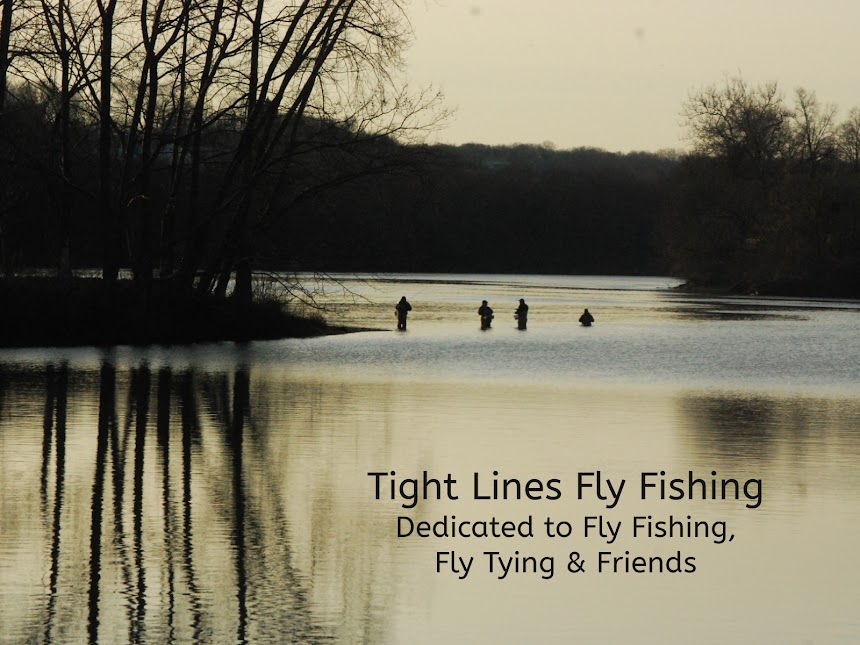Hustler Soft Hackle Nymph
Hook: Umpqua XC400-BN or
favorite jib hook in size #14.
Thread: Black UTC 140.
Bead: 2.8 mm Slotted Gold Tungsten Bead.
Tail: Coq De Leon dark Pardo Fibers.
Rib: Opal or Pearlescent tinsel or Flash-a-bou.
Body: Hare’s Mask Dubbing or Squirrell Dubbing.
Collar: CDC in Dark Gray or Slate Dun, formed in a Dubbing Loop.
Head: Peacock Black Ice Dub.
This fly is a variation of a Hare’s Ear Nymph by a fly fisher named Josh Graffam. It has some really great features that induce fish to eat it. It’s tied on a jig hook with a Tungsten Bead. You can increase the size of the bead depending on the depth you want to fish. The Opal tinsel gives it some flash and the CDC collar gives the nymph movement when it’s fished.
To tie this fly, begin by placing your Bead on the hook, and the hook in your vice. Start your thread behind the bead, take a few securing wraps, cut off the tag end and wrap down to the bend of the hook. Next, strip & prepare 5-6 fibers of Coq De Leon fibers to tie in for your tail. They should be approximately a hook shank in length or shorter depending upon your preference. After you have secured them, cut off the butt ends, then tie in your Opal/Pearlescent Tinsel. I usually tie it in behind the bead and wrap back down to the bend.
Next, dub a body & thorax of Hare’s Mask or Squirrell Dubbing. Dub a tapered body ending just behind the bead, then back off your thread a turn or two. Now wrap your Opal Tinsel forward to create a segmented body. Tie it off with your thread and cut the butt end off the hook shank. Prepare your CDC feather fibers and dubbing loop. There are commercial tools that can help you do this. I use a household plastic clip to hold the fibers clipped from the feather. I then bring the clip with the fibers to my dubbing loop and spin it. Now wrap your CDC Dubbing loop around the hook shank 3-4 times, stroking the fibers rearward as you do so. This should create a nice ‘wet fly’ type collar. Tie and clip off the remaining loop. Finally, apply a small dubbing noodle of Black Ice Dub behind the bead. 3-4 wraps should do it. This will help train your CDC Collar fibers to flow rearward. Whip finish the fly and you’re done.
Fly Fish Food has a great video on how to tie this fly below:
If you have any questions about this fly or would like to submit a Fly of The Month, I can be reached at pdinice@frontier.com .


